Art & Exhibitions
Around the Art World in Six Minutes
Bachelorette parties at the Met, and more art world news to start your week.
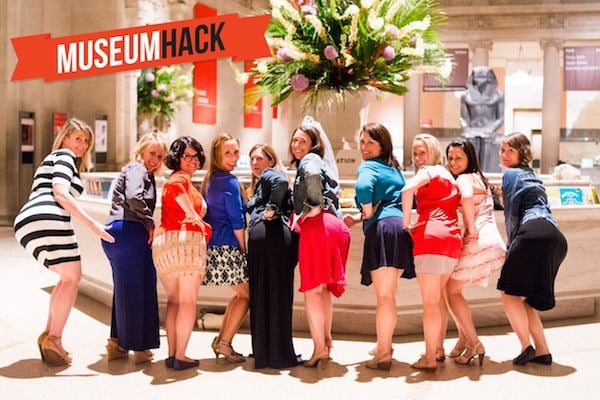
Photo: Museum Hack, via Facebook.
Bachelorette parties at the Met, and more art world news to start your week.

The Museum Tour: By now you may have heard about Museum Hack, the group of art history buffs with more pep than a state university cheerleading squad who lead engaging and unconventional themed tours of the Metropolitan Museum. But what, exactly, does one of their bachelorette party tours entail? The Wall Street Journal‘s Jennifer Maloney went along for the ride. “So far, Museum Hack has led more than 500 tours, including some 20 bachelorette parties,” Maloney writes. “It isn’t affiliated with the Met. Most of the guards are friendly to Museum Hack guides, despite their sometimes-tipsy clients. One guard tipped them off about a painting with a pair of dogs in flagrante delicto.”
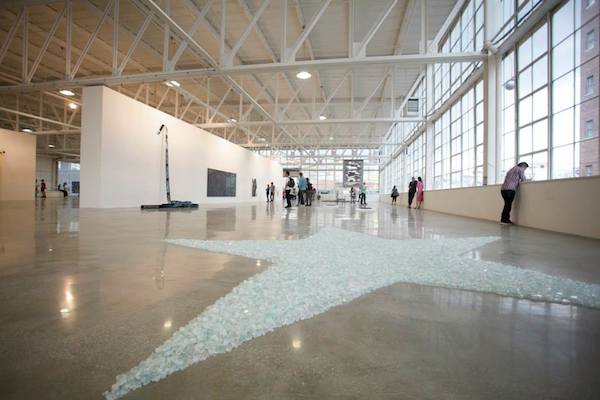
Mana Contemporary in Jersey City.
Photo: Mana Contemporary.
The Profile: Sometime in the last year, every member of the New York art world has wondered: What is the deal with the massive Jersey City studio-gallery complex Mana Contemporary? It is the brainchild of Moishe’s Moving and Storage mogul Moishe Mana, and managed by his associate Eugene Lemay. They are the subjects of a New York Times piece chronicling how a plan to expand into the fine art storage business resulted in a multi-pronged, three-city art empire offering framing, studio spaces, exhibitions, performances, and, yes, storage. Mana comes off as a very open and cheerful type of tycoon, in spite of the trials he faced starting out. “When John Gotti called, I told him to come and shoot me now,” Mana says. “New Jersey still has a stigma, but that is going to change.”
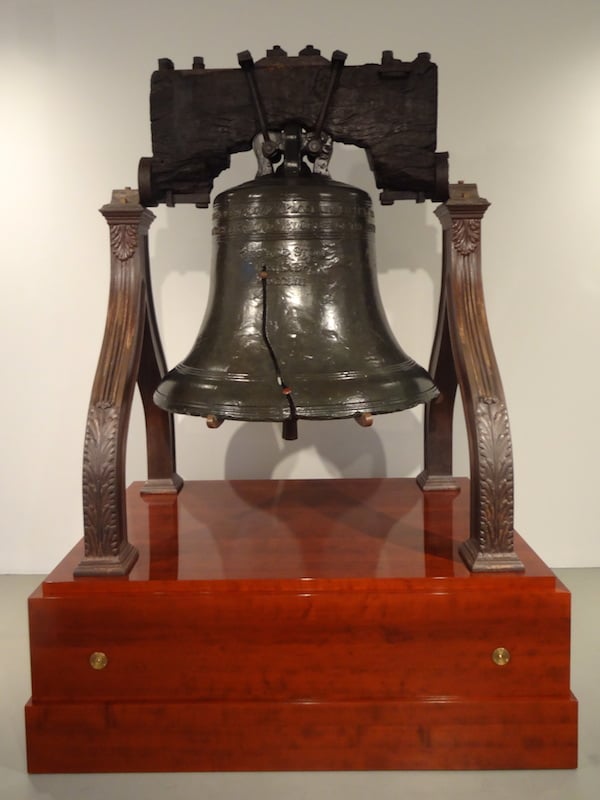
Jeff Koons, Liberty Bell (2006–14).
Photo: Benjamin Sutton.
The List: How do you make basketballs float in a fish tank? Just call up Richard P. Feynman, the Nobel Prize-winning theoretical physicist, as Jeff Koons did to make his trademark “Equilibrium” works, and voilà! This is one of the five feats of scientific ingenuity from the Whitney Museum’s Koons retrospective that are explained in this Quartz listicle. The most fascinating, surprisingly, is his near-perfect replica of the Liberty Bell, which involved 3D-scanning, machine-milling, some 25,000 laser-cut stencils, and more.
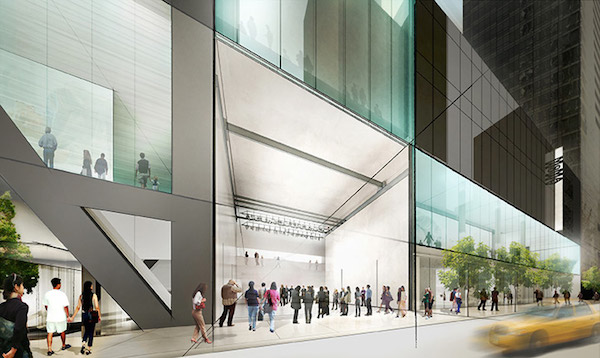
Concept sketch for The Museum of Modern Art. View from 53rd Street.
Photo: © 2014 Diller Scofidio + Renfro.
The Rant: Bloomberg’s Manuela Hoelterhoff has had it with all these New York City museums (particularly the Frick and MoMA) expanding their facilities with flimsy annexes, misguided new wings, and soulless revamps of their formerly intimate spaces. Sometimes she is funny, as when describing the Frick’s plans—”Just why does the Frick need to expand? Have exiting visitors fumed: ‘Very disappointing! I will never come back until you build a bigger gift shop and let me see Mrs. Frick’s bedroom’? Has there been a survey?”—other times, it’s just weird: “When the expansion with its 40,000 new square feet opens in 2018 or 2019, MoMA will need to expand once more to accommodate the art piled up in the meanwhile and the frightening army of performance artists chasing over the Brooklyn Bridge.” Doesn’t she know that making dismissive jokes about Brooklyn artist stereotypes is as outmoded as expecting museums to stop expanding?
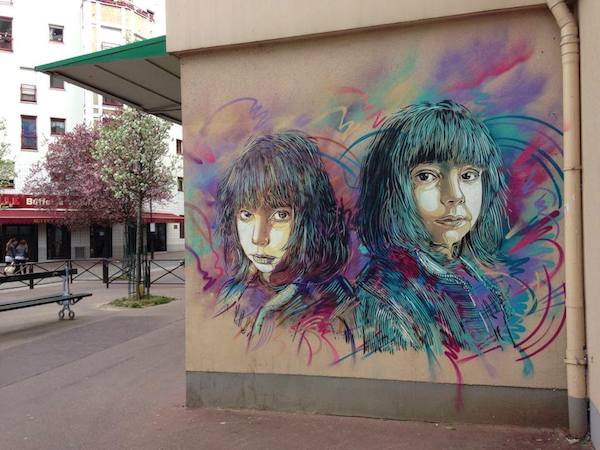
A mural by C215 in Paris.
Photo: Courtesy the artist.
The Eye Candy: Christian Guémy, the French street artist better known as C215, gave the Wall Street Journal a tour of the street art—much of it his own signature figurative portraits and cat murals—in Vitry-sur-Seine, the Parisian suburb where he lives.
The Extra-Curricular: Are American monuments nothing more than massive marble symptoms of the country’s deep-seated aversion to processing anything remotely traumatic, embarrassing, or complex? So suggests the Atlantic‘s Conor Friedersdorf in an article calling for more troubling and dynamic monuments and memorials in Washington, DC, than the current roster of static and sanitized statuary. “The Vietnam War Memorial has always moved me,” he writes. “Some distance away from the wall, I’d like to see a statue of Lyndon Baines Johnson with a pointed finger urging young men toward their deaths. That is, after all, what happened.”